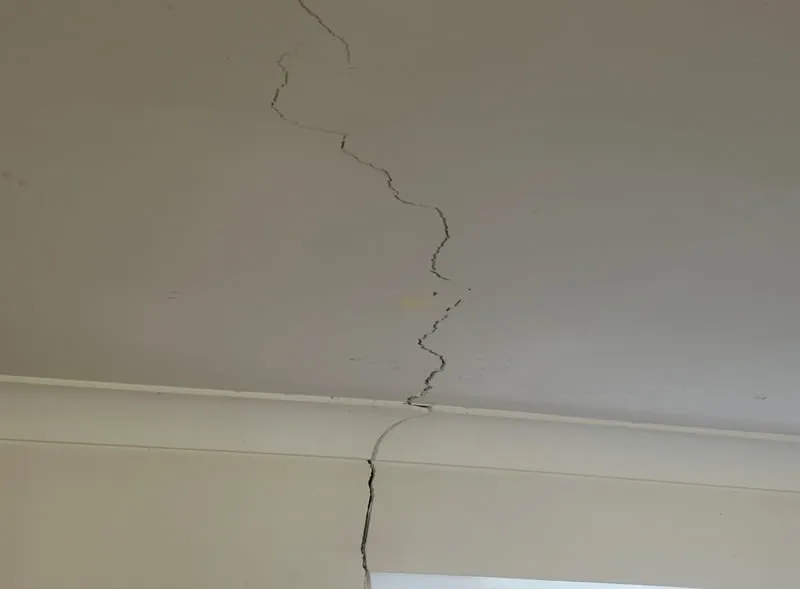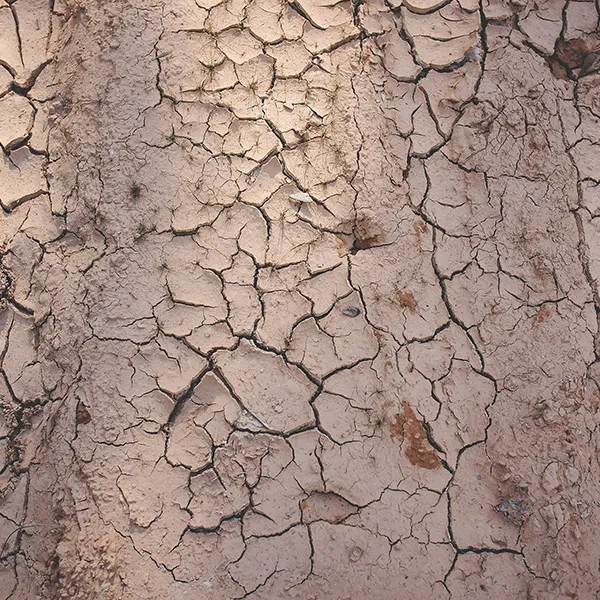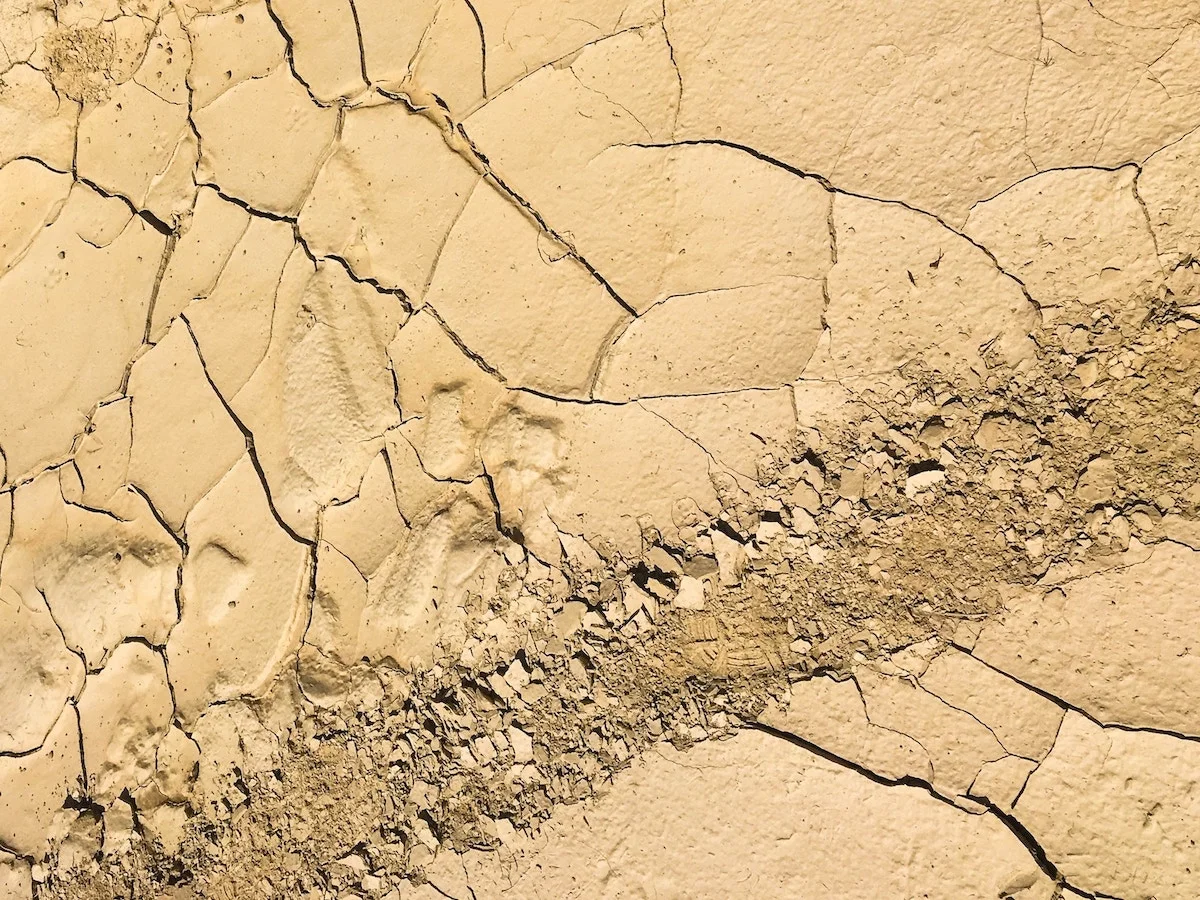Understanding Clay Soil and Its Impact on Plant Roots

Soil forms the essential base for any garden, but its quality varies widely. Sandy soils tend to drain water too rapidly, whereas clay soils often trap moisture and nutrients so tightly that roots find it difficult to thrive. If you’ve ever struggled with poor root growth, wilting, or stunted plants in heavy clay soil, the soil itself might be the underlying issue.
Clay soil isn’t inherently problematic; in fact, it can be rich in nutrients and, with proper care, extremely productive. However, in its natural dense form, clay creates an environment that restricts root development, hampers plant growth, and lowers crop yields. By understanding these challenges and learning how to manage them, you can significantly boost your gardening results.
This guide delves into why clay soil can be tough on roots, the specific issues it causes, and effective methods to improve it for healthier, more vigorous plants.
What Makes Clay Soil Unique?

Clay soils consist of extremely fine particles, much smaller than sand or silt. These tiny particles pack closely together, leaving minimal space for air and water movement. This leads to soil that:
- Feels sticky and malleable when wet.
- Hardens into dense clumps when dry.
- Compresses easily under foot traffic or machinery.
While clay soil excels at retaining nutrients better than sandy soil, its compact nature often locks these nutrients away from plant roots, causing significant problems.
How Clay Soil Challenges Root Health
- Slow Drainage and Water Saturation
Clay soil drains poorly, frequently resulting in waterlogged conditions. Roots require oxygen to survive, but when soil pores are filled with water, air cannot penetrate.
Effects on roots:
- Oxygen deprivation causes roots to suffocate and die.
- Anaerobic conditions encourage harmful bacteria and root rot.
- Plants may wilt despite the soil being saturated—a common paradox in clay soils.
- Soil Compaction Limits Root Expansion
Clay soil compacts easily, especially when walked on or tilled while wet. This dense packing makes it difficult for roots to penetrate deeply.
Effects on roots:
- Roots remain shallow, making plants more vulnerable to drought.
- Limited root spread reduces nutrient uptake.
- Results in stunted growth, poor flowering, and diminished yields.
- Nutrient Accessibility Issues
Although clay soils are rich in nutrients, these are often tightly bound to the fine particles, making them less available to plants.
Effects on roots:
- Plants may show signs of nutrient deficiency, such as yellowing leaves and poor development.
- Root hairs, essential for nutrient absorption, may not develop properly.
- Fertilizers can become trapped in the soil, failing to nourish plants effectively.
- Temperature Fluctuations
Clay soil warms slowly in spring and retains cold longer than sandy or loamy soils. In summer, it can crack and harden under intense heat.
Effects on roots:
- Delayed root growth in spring can slow early planting schedules.
- Cracking and drying in hot weather can damage delicate roots.
- Seasonal stress weakens plants over time.
Root Rot and Fungal Challenges in Clay Soil
Clay soil’s tendency to retain moisture creates an ideal breeding ground for harmful fungi such as Pythium and Phytophthora. These pathogens attack roots, causing them to become soft, darkened, and eventually die. This often leads to sudden plant collapse originating from underground infections. Perennials and woody plants are particularly susceptible to these issues.
Shallow Root Development
Plants growing in clay often develop roots that stay close to the surface to avoid dense, compacted layers beneath. This adaptation has several consequences:
- Reduced plant stability, making them more likely to topple.
- Roots dry out faster during hot spells.
- Limited access to deeper soil nutrients and moisture reserves.
Identifying Clay Soil Stress on Roots
If your plants are struggling and you suspect clay soil is the culprit, watch for these warning signs:
- Water puddles that linger on the surface after rainfall.
- Soil that cracks and hardens during dry periods.
- Stunted growth accompanied by weak or shallow root systems.
- Wilting plants despite moist soil conditions.
- Leaves turning yellow or showing nutrient deficiencies.
- Plants rotting at the base or suddenly collapsing.
Strategies to Enhance Clay Soil for Robust Roots
Though clay soil presents challenges, it can be improved with the right methods to support healthy root growth.
-
Incorporate Organic Matter
- Use compost, well-rotted manure, leaf mold, or grass clippings to improve soil texture.
- Benefits include better drainage, nutrient availability, and stimulation of beneficial soil organisms like earthworms.
- Apply 2–3 inches annually, mixing it into the top 6–8 inches of soil.
-
Apply Gypsum (Calcium Sulfate)
- Gypsum helps loosen compacted clay by replacing sodium with calcium ions, which separates soil particles.
- This improves soil structure, drainage, and root growth.
- Follow soil test recommendations to avoid altering pH balance.
-
Avoid Working Wet Clay Soil
- Tilling or planting when clay is wet causes clumping and worsens compaction.
- Wait until soil is moist but not sticky before disturbing it.
-
Construct Raised Beds
- Raised beds filled with amended soil provide better drainage and prevent waterlogged roots.
- They also allow you to control soil texture more effectively.
-
Mulch Consistently
- Mulching helps regulate soil temperature, reduces cracking, and retains moisture.
- Over time, mulch decomposes, adding organic matter to the soil.
- Ideal mulches include straw, shredded bark, wood chips, or leaves.
-
Plant Deep-Rooted Cover Crops
- Species like clover, rye, or daikon radish penetrate compacted layers, improve aeration, and contribute organic matter when tilled in.
-
Select Plants Adapted to Clay Soil
- Some plants thrive better in clay conditions, such as daylilies, hostas, asters, black-eyed Susans, viburnum, and dogwood shrubs.
Long-Term Advantages of Enhancing Clay Soil
With ongoing care, clay soil can be revitalized into a fertile and dynamic growing environment:
- Roots extend deeper and branch out more extensively.
- Plants take up nutrients with greater efficiency.
- The soil ecosystem flourishes, supporting earthworms and beneficial microbes.
- Water management improves, balancing drainage and retention to ease drought stress.
- Crop yields rise, and overall plant vitality sees significant improvement.
Final Reflections
Though clay soil often gets a bad reputation among gardeners, it simply requires proper management to reveal its potential. Untreated clay can suffocate roots, trap nutrients, and foster shallow, vulnerable root systems prone to disease. However, by incorporating organic amendments like compost, gypsum, and mulch, alongside strategies such as raised beds and cover cropping, clay soil transforms into a nurturing foundation where roots can flourish. The key is not to battle clay soil but to collaborate with it, unlocking its hidden strengths. Once nurtured, clay soil can become one of the most productive and fertile bases for your garden.
Soil Basics
- Soil quality varies; sandy soils drain quickly, clay soils retain water and nutrients tightly.
- Clay soil can be nutrient-rich but often restricts root growth and plant health if untreated.
Characteristics of Clay Soil
- Composed of very fine particles that pack tightly, limiting air and water movement.
- Feels sticky when wet, hard when dry, and compacts easily.
How Clay Soil Harms Roots
- Poor Drainage: Causes waterlogging, suffocates roots, promotes root rot, and leads to wilting despite wet soil.
- Compaction: Restricts root expansion, causing shallow roots, drought vulnerability, and stunted growth.
- Nutrient Lock-Up: Nutrients are held tightly, making them less accessible to roots, causing deficiencies.
- Temperature Extremes: Slow warming in spring and cracking in summer damage roots and delay growth.
- Root Rot & Diseases: Water retention fosters fungal infections that kill roots and weaken plants.
- Shallow Roots: Roots stay near surface, reducing stability and access to deep nutrients.
Signs of Clay Soil Problems
- Lingering puddles, cracked hard soil, stunted or wilting plants, yellow leaves, and root rot.
Improving Clay Soil
- Add Organic Matter: Enhances structure, drainage, nutrients, and beneficial microbes.
- Use Gypsum: Breaks up compaction by replacing sodium with calcium.
- Avoid Wet Tilling: Prevents worsening compaction.
- Build Raised Beds: Improves drainage and soil control.
- Mulch Regularly: Regulates temperature, conserves moisture, and adds organic matter.
- Grow Deep-Rooted Cover Crops: Breaks compaction and adds organic matter.
- Choose Clay-Tolerant Plants: Use species that thrive in clay conditions.
Long-Term Benefits
- Deeper, wider root growth.
- Better nutrient absorption.
- Enhanced soil life and balanced moisture.
- Increased yields and healthier plants.
Final Thought
- Clay soil challenges roots by suffocating them and locking nutrients but can be transformed with proper care into a fertile, productive garden foundation.
